Nightshades are a common food group found in many diets, including the Paleo diet.
They can have health benefits, but for people with nightshade sensitivity, they come with an unpleasant set of side effects that can range from digestive problems to inflammatory issues.
So what are nightshades, and do you need to avoid them?
Fight inflammation and create easy, healthy meals! We've created a FREE 7-Day AIP Meal Plan
Get Your FREE 7-Day AIP Meal Plan here.
What Are Nightshade Vegetables?
Nightshades are a family of vegetables referred to scientifically as Solanaceae. They include common vegetables like peppers, white potatoes, eggplants, tomatoes, tomatillos, goji berries, okra, and even ashwagandha, the herb that is so popular for its stress-relieving properties.
Several common herbs and spices, such as chili pepper, paprika, cayenne, and red pepper flakes, also fall into the nightshade family. Black and white pepper are from peppercorns (a fruit), which are not nightshades.
Nightshades contain numerous beneficial nutrients, like vitamin C, antioxidants, B vitamins, and minerals. So why would they be considered problematic?
Bottom line: Nightshades are a category of vegetables and herbs that include peppers, tomatoes, eggplants, potatoes, and various spicy, pepper-derived spices.
When Are Nightshades a Problem?
Nightshades are gaining a reputation for being problematic for certain health tendencies, such as inflammation, arthritis, or diabetes. This comes down to the presence of another nutrient found in nightshades, known as alkaloids, which contain nitrogen. In nature, the presence of alkaloids in nightshades serves as a natural insect repellent to prevent the plant from being destroyed. When these anti-nutrients are consumed, they are assumed to also cause problems with a person’s digestive system, leading to inflammatory problems, intestinal disorders, and digestive upset. (1, 2)
[tweet_quote]Some people have nightshade sensitivity, which can lead to inflammatory problems and digestive upset.[/tweet_quote]
Leaky gut, a problem in which the barrier function of the small intestine stops working effectively, can also be caused or worsened by the presence of nightshades, thus worsening chronic conditions. (3, 4) In some cases, eating these foods can also worsen existing symptoms of conditions like arthritis, thanks to alterations in the body’s gut bacteria. (5) They can also play a role in the intestinal problems that are associated with celiac disease. (6)
Beyond digestive and inflammatory problems, people can develop allergies to certain nightshades that can involve itching, swelling, hives, and even difficulty breathing. (7, 8)
Bottom line: Nightshades can cause problems with inflammation, digestive problems, autoimmunity, and leaky gut.
14 Signs and Symptoms of Nightshade Sensitivity
While not every symptom of problems with nightshades will be obvious, some are more common than others. (9, 10, 11)
- Irritable bowels
- Diarrhea
- Heartburn
- Nerve problems
- Joint pain
- Arthritis
- Swelling in the joints
- Acid reflux
- Heartburn
- Itching
- Leaky gut
- Autoimmunity or chronic conditions
- Trouble breathing (rare, but serious)
- Mouth swelling (rare, but serious)
While it can be hard to specifically diagnose some aspects of nightshade problems, they are best found when eliminating all nightshades from the diet for at least 30 days to determine if symptoms improve. Adding them back in, one at a time, can help to identify if one nightshade is a problem, or if the whole category causes symptoms to return. [tweet_quote]To diagnose a nightshade sensitivity, eliminate all of these veggies from the diet for 30 days.[/tweet_quote]
Bottom line: Although discovering nightshade sensitivity or allergy may not be as straightforward as with other allergens, they include some common overlapping symptoms that typically disappear when nightshades are eliminated.
Do You Have to Avoid Nightshades Forever?
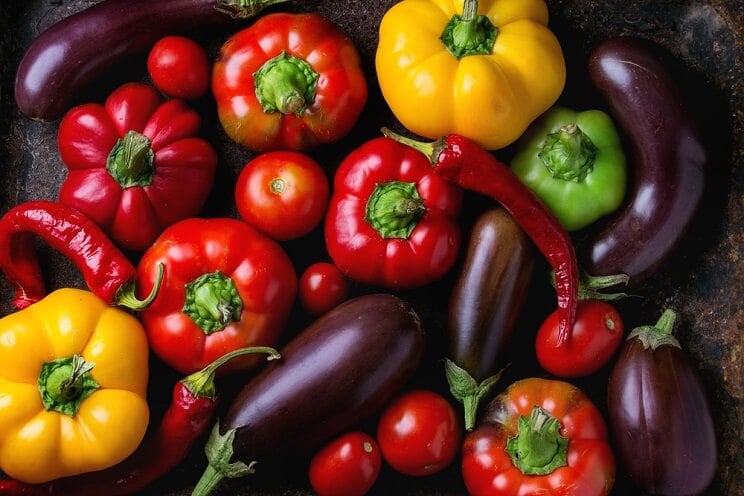
Some find that only certain nightshades are troublesome, like tomatoes or potatoes, while others find they can eat some nightshades raw but not cooked, and vice versa. As with any other diet, it is best to determine what works for you and follow a customized approach instead of a one-size-fits-all plan that may either be too strict or not strict enough for your health and dietary needs.
Bottom line: The answer to how long you need to avoid nightshades will be different for everyone, but most do best by eliminating them for a long time and then slowly re-introducing them to determine if it’s the whole category or just specific foods or preparations that are the problem.
Following the AIP Diet
The AIP diet, short for autoimmune protocol, is a variation of the Paleo diet that eliminates nightshades as well as other potential inflammatory triggers, like nuts, seeds, most sweeteners, and eggs.
The AIP diet can initially feel restrictive, as it further pares down what even the Paleo diet allows, but it has been a successful food plan for many with chronic, autoimmune, or other health problems for which the Paleo diet or other food plans have not shown improvement.
For most, the AIP is a long-term dietary plan and works best as inflammation and other symptoms subside over months. It is not a quick dietary fix. [tweet_quote]The AIP diet helps heal the immune system and is ideal for those with nightshade sensitivity.[/tweet_quote]
There is plenty of food variety available on an AIP plan if you learn to work within the guidelines of the plan. The AIP movement has developed a large following and has numerous food bloggers, nutritionists, and health coaches who create AIP-specific recipes so that those who follow the plan don’t feel deprived or trapped into a restrictive and boring food plan.
So what can you eat on an AIP diet? Plenty of non-nightshade vegetables and fruits, high quality meats and seafood, and healthy fats.
Bottom line: The AIP plan is a variation of the Paleo diet that skips nightshades and other inflammatory foods and focuses on foods that reduce inflammation, like leafy greens and cruciferous vegetables, meats, fats, and fruits.
Substitutions for Nightshade Vegetables
If you want to consider eliminating nightshades, it might feel overwhelming to realize you could be cutting out several long-time favorite foods. Luckily, there are some easy food swaps that, with a tiny bit of effort, will easily become go-to favorites.
White potatoes
Swap these for sweet potatoes, turnips, or parsnips in most dishes, including for mashed versions. Mashed cauliflower can also amazingly swap out potatoes in most dishes.
Tomatoes
In certain dishes, strawberries or strawberry sauce can swap the acidic, slightly sweet profile of tomatoes. Pumpkin and squash-based sauce can replace tomato sauce for pasta-based dishes. Beets combined with radishes and watermelon can also come together to replace a tomato sauce perfectly.
Bell peppers
While not the same flavor profile, celery and cucumbers can sub in for the crispy deliciousness that bell peppers provide in some dishes. Radishes, when used in cooked dishes, can sub in that peppery flavor that red and green bell peppers are known for. Zucchini, yellow squash, and carrots can also stand in for bell peppers.
Chili and Cayenne Pepper
Black and white pepper, confusingly enough, come from a different plant and aren’t nightshades. Use these, along with turmeric, cumin, cloves, and ginger, to add a kick to dishes that you want to keep nightshade-free. Onion and garlic powder are also beneficial, too. And never underestimate the value of the right amount of salt to go a long way in boosting the flavor of a dish. If you need to replace nightshade-based sauces, you can try fish sauce, coconut aminos, oyster sauce, or Worcestershire sauce.
Eggplant
Portobello mushroom caps can substitute for eggplants in vegetarian and Paleo lasagnas, as well as in other baked dishes.
Bottom line: It is totally possible to eat a delicious and flavorful diet without nightshades. Learning the simple swaps you can make will increase variety and satisfaction with your diet.
21 Nightshade-Free Recipes

- Salmon Eggs Benedict with Sweet Potato Muffins
- Zucchini Fritters
- Sweet Potato Turmeric Muffins
- Matcha Smoothie Bowl
- Coconut Oatmeal
- Zucchini Pancakes with Bacon and Chives
- Mango Bacon Butternut Squash Hash
- Kale and Mushroom Sausage Patties
- Sweet Potato Toast
- Detox Beet Soup
- Waldorf Salad
- Butternut Squash Soup with Pears and Ginger
- Crockpot Chicken and Cauliflower Rice Soup
- Coconut Yogurt
- Sweet Potato Soufflé
- Sweet Potato Pancakes
- Peppercorn Steak
- Balsamic Steak and Mushroom Kebabs
- Smoked Bacon-Wrapped Onion Rings
- Baked Sweet Potato Wedges
- Coconut Lemon Bar
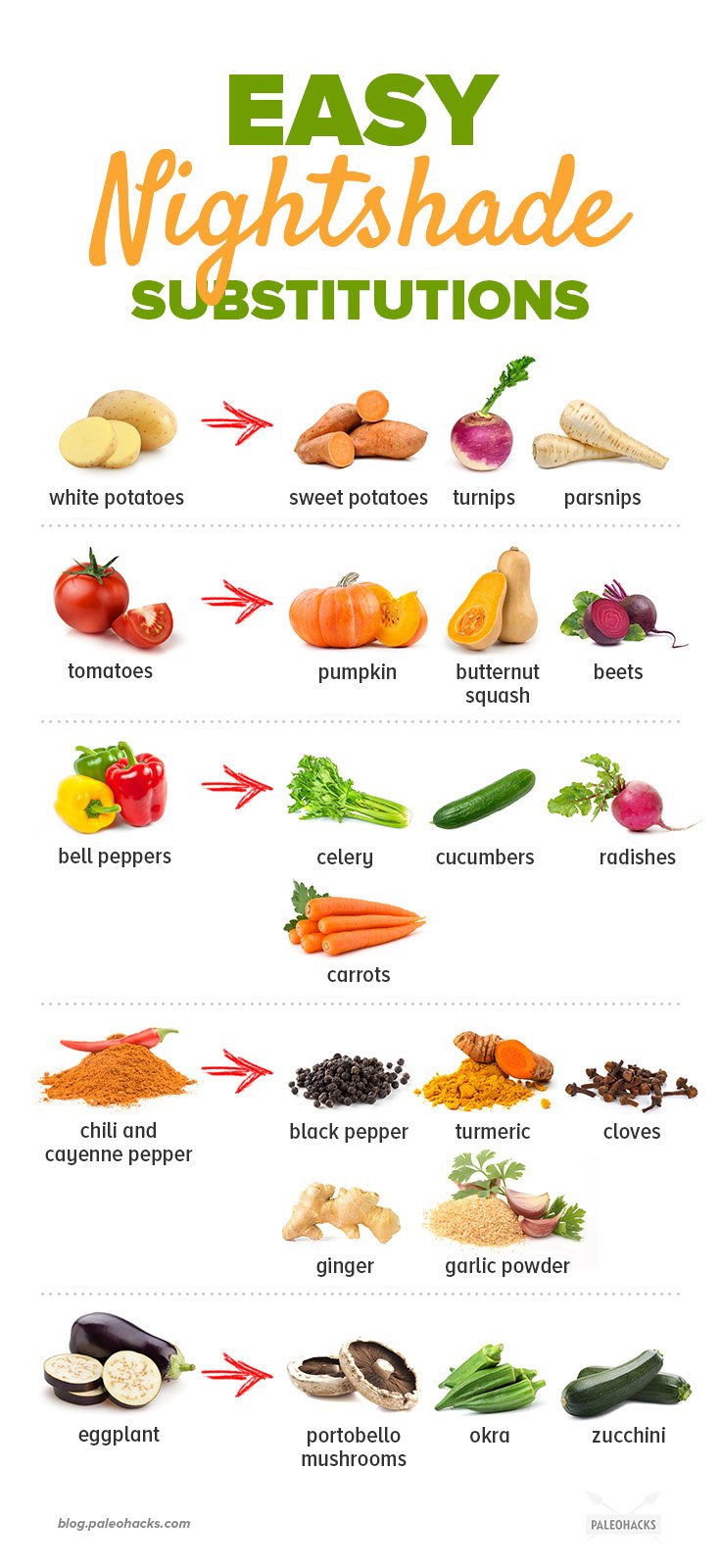
(Read This Next: 10 Foods That Cause Bloating and What to Eat Instead)


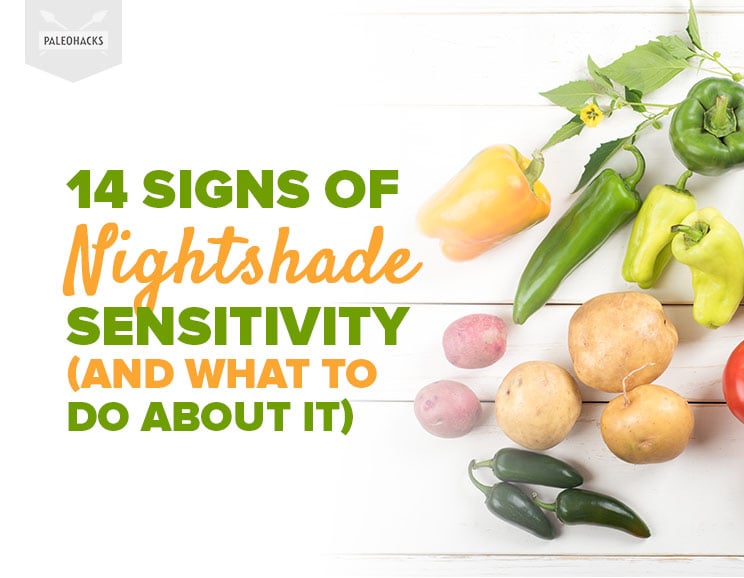
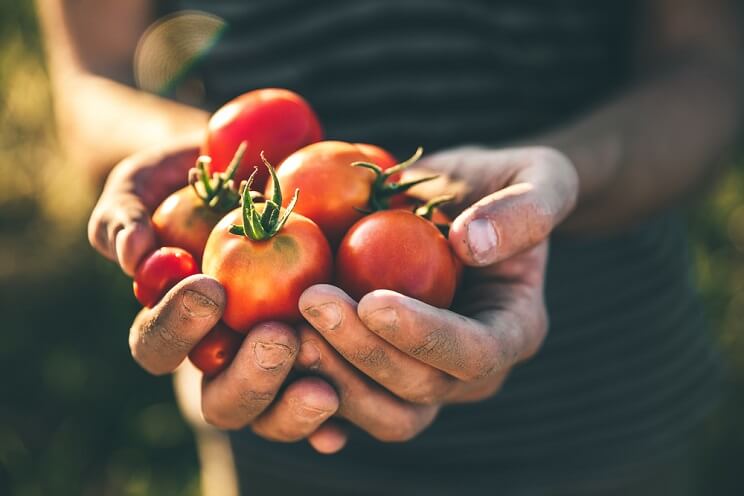

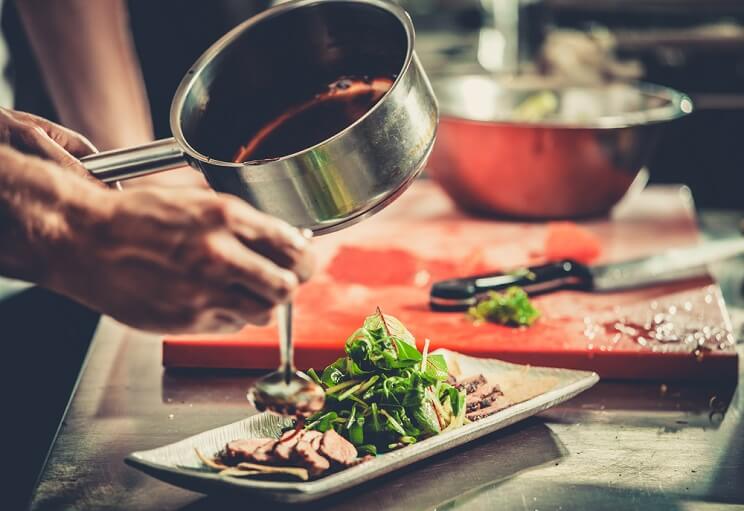
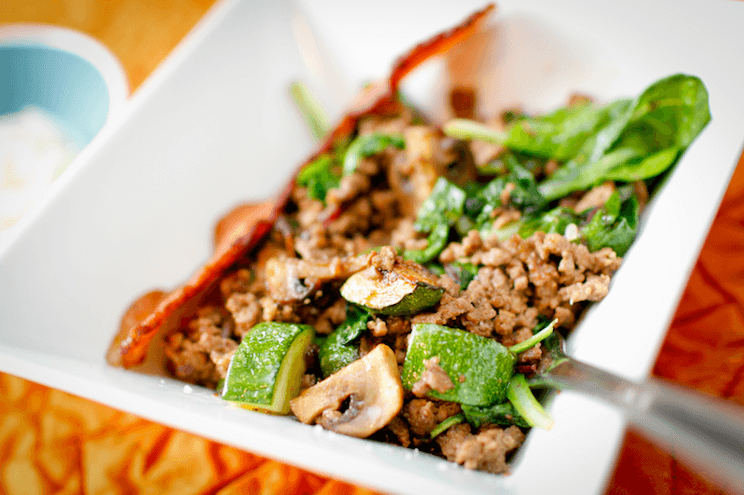
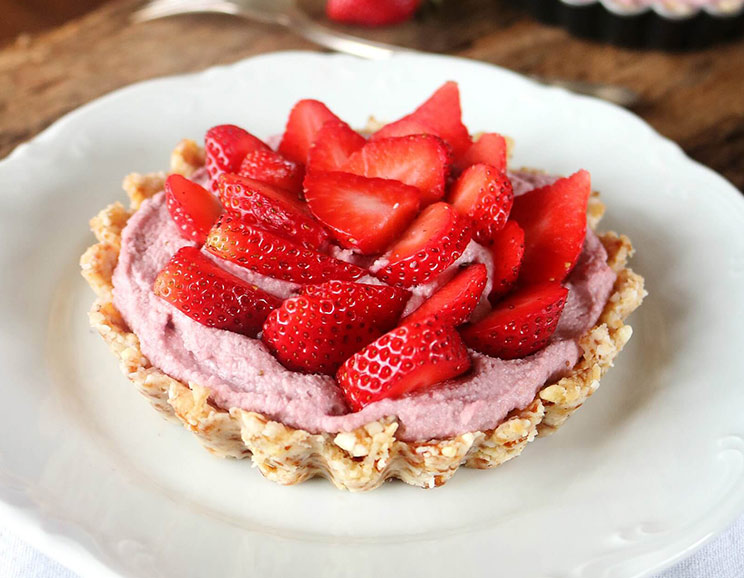 24 Easy, Dairy-Free Cheesecake Recipes
24 Easy, Dairy-Free Cheesecake Recipes
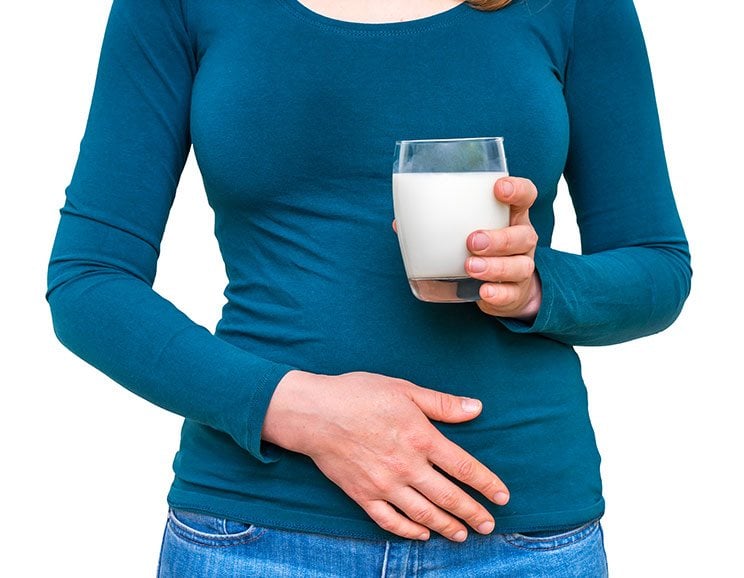


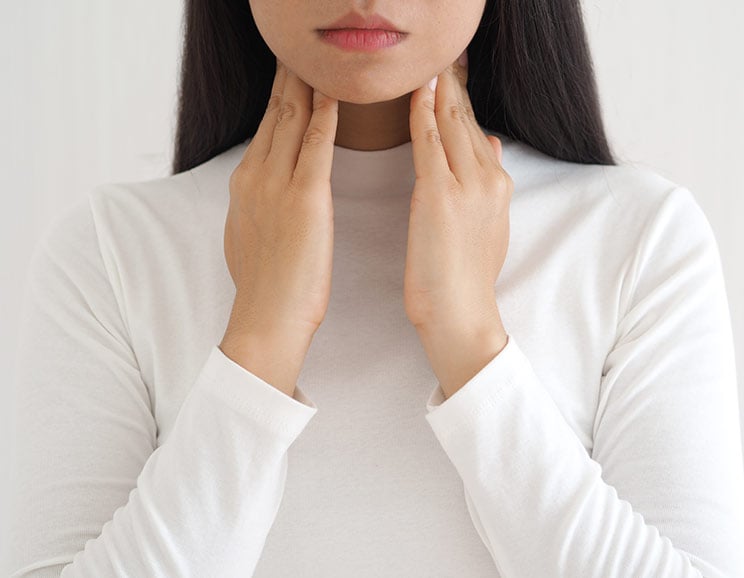



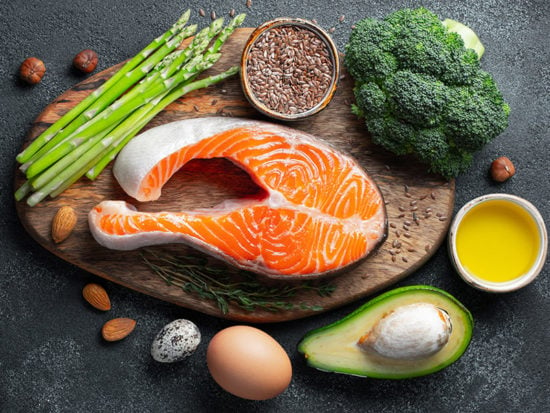
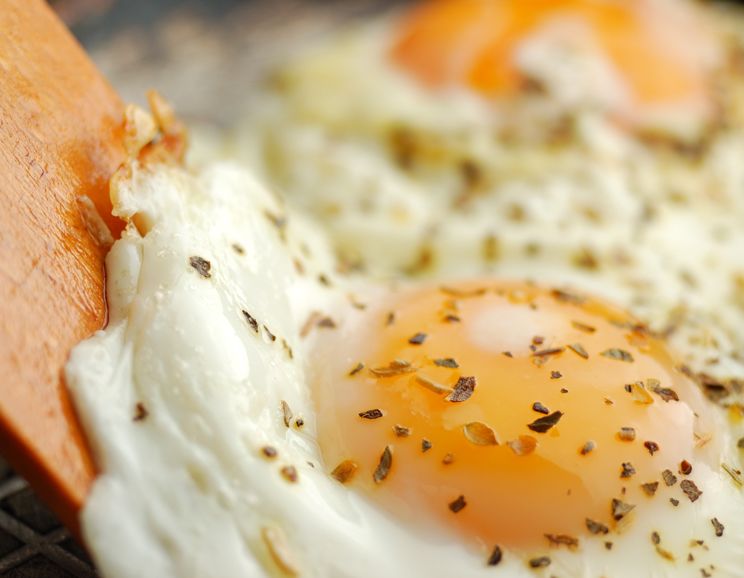
Show Comments